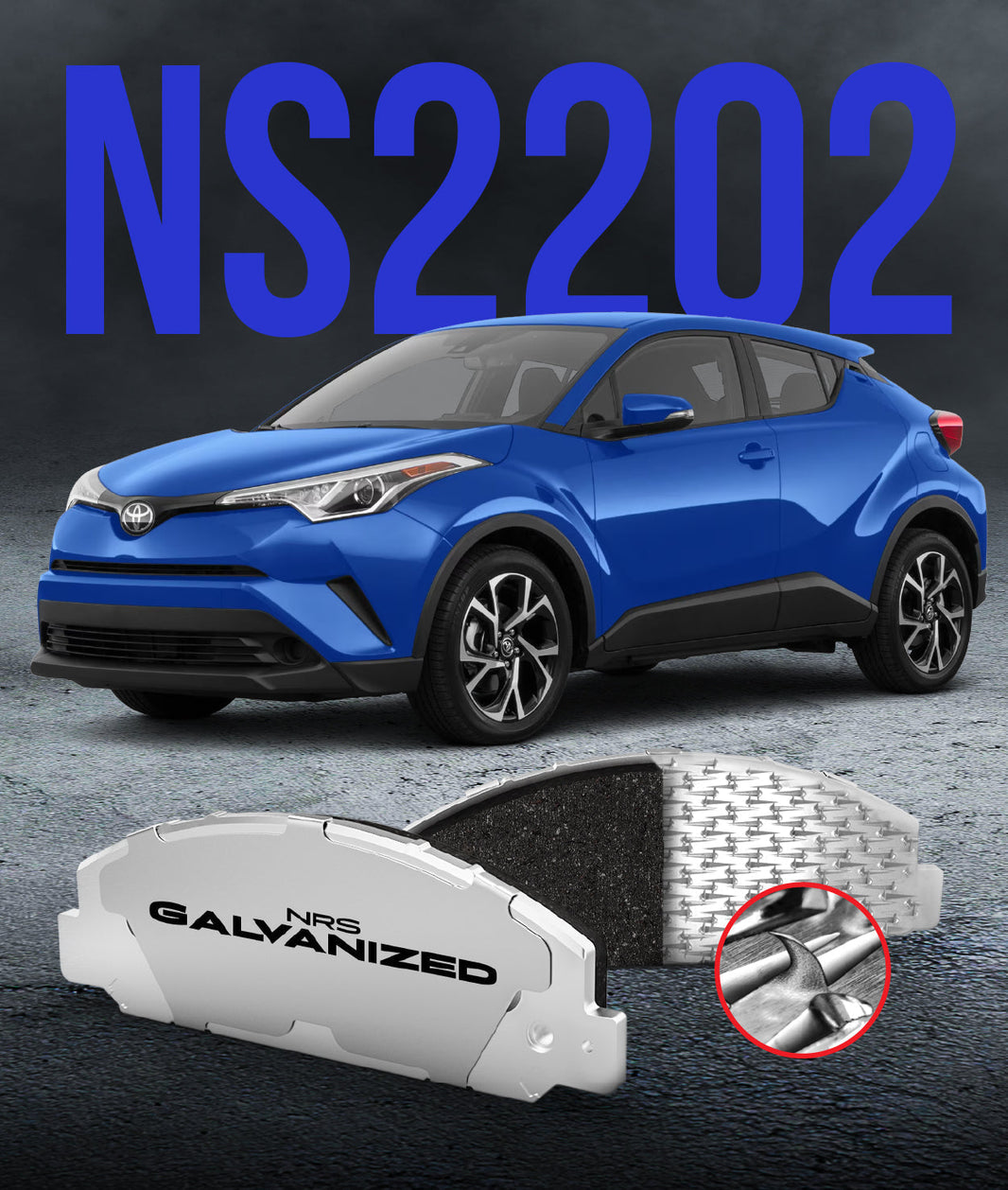Regenerative braking converts your car's kinetic energy into electricity. This electricity then helps recharge the car's battery, providing an extra boost and extending the range of the vehicle. In some cases, where there are no mechanical brakes installed on a car, a regenerative braking system will still provide enough friction to stop the vehicle completely.
Regenerative braking systems are becoming more common in electric and hybrid vehicles, but they are also available in a few gasoline-powered vehicles. So what exactly is a regenerative braking system? How does it work? And are there any smart tips for maintenance of your car brakes? Keep reading to find out!
How Does A Regenerative Braking System Work?
Regenerative braking is a process in which the energy of motion or heat that would otherwise be lost to friction, air resistance, and mechanical wear on brakes, is captured and converted into another form. This type of braking can increase fuel efficiency by up to 20% and save you money because it reduces the amount you spend on gas.
Regenerative braking works best when alternating with regular friction-based braking; this way, you get less wear on your pads and rotors (the two parts that make up your brakes).
It is important to note that, while regenerative braking is not as effective as conventional brakes at slowing down a vehicle, it does provide an alternative for better performance.
What is the Regenerative Braking Circuit?
The regenerative braking circuit or "regen" is a system that captures energy from the kinetic energy of a vehicle as it slows down. This recovered power is then used to charge the battery and accelerate the electric motor.
The regen system can either be manual, where drivers control when they want to activate it, or automatic, which kicks in automatically at low speeds. In either case, activation requires less use of friction-creating brakes and reduces wear on brake pads by up to 70%. That is why many automakers are adding this feature into their models.
Advantage of Regenerative Braking
When it comes to braking, there are a few different methods you can use. There is the standard brake pedal, which uses friction to slow the car down. Then there's regenerative braking, which converts the kinetic energy of the moving car into electrical energy that can be used to power various systems in the car or even sent back to the grid.
There are many advantages of regenerative braking. It can save you money on gas over time because the car is recharging itself while driving. Another perk of this system is that it can extend your battery life by up to 20%. Lastly, an EV's brake pads will deteriorate less quickly because you won't have to apply as much force to them as you would with traditional braking systems.
Car Brake Maintenance Tips to Keep in Mind
Brakes are an essential part of a car's safety system, and it is always important to keep them in good condition. Here are 4 easy steps you can take on your own at home:
- Check all hoses for cracks or wear before allowing them to dry completely after washing to ensure there are no leaks.
- Make sure there isn't any debris stuck in the calipers or pads by removing all metal shavings from the inside with an appropriate tool every month.
- Clean off the rust on nipple pad pins (they get gunked up fast!) after each use - be gentle when wiping away old grease).
- Use DOT-approved brake fluid instead of mixing batches using regular fluids like motor oil because it has fewer harmful additives.
NRS Brakes is here to help you find the perfect brake pads for your unique needs. Get an instant online quote on our website, regardless of the type of vehicle or brakes in use!




